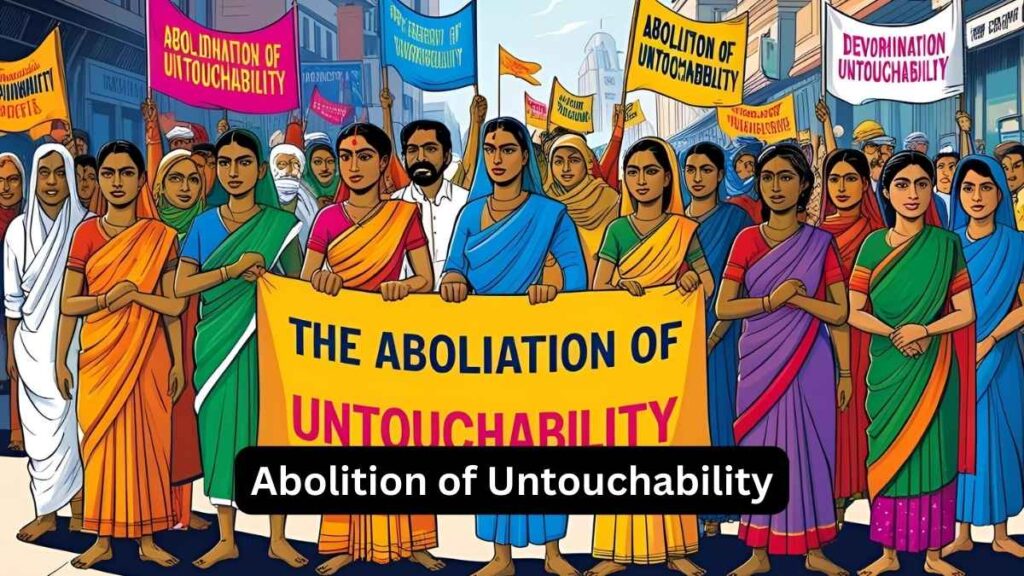Rural India Spent More Time on Learning Activities
Context:
Findings from the latest Time Use Survey (TUS) released by the Ministry of Statistics and Programme Implementation (MOSPI) revealed that individuals in rural India spent more time on “learning activities” in 2024 than those in urban areas.
More Findings
- However, the overall time dedicated to learning declined in both regions compared to 2019.
- The study further indicated that over the last five years, the gender gap in learning activities has narrowed.
- While boys have reduced their time spent on learning, girls have maintained their level, closing the previous disparity.
- Learning activities include formal education, such as school or university attendance, extracurricular activities, homework, and travel time related to learning.
- Data from the survey shows that individuals in urban areas spent an average of 87 minutes per day on learning activities in 2024, down from 95 minutes in 2019.
- In rural areas, people dedicated 90 minutes daily to learning, compared to 92 minutes in 2019.
- A gender-wise analysis revealed that the time spent by women on learning activities remained constant at 84 minutes, while for men, it declined from 102 minutes in 2019 to 94 minutes in 2024.
- In addition to learning, the survey also highlighted an increase in time spent on “Employment and related activities” in both urban and rural areas.
- Urban residents spent 199 minutes per day on these activities in 2024, up from 188 minutes in 2019.
- In rural areas, the time increased from 153 minutes in 2019 to 171 minutes in 2024.
Time Use Survey (TUS)
The Time Use Survey (TUS) is a comprehensive tool designed to measure how individuals allocate their time across various activities. It captures both paid and unpaid activities, providing insights into the time spent on work, caregiving, household chores, leisure, and other pursuits. The Ministry of Statistics and Programme Implementation (MOSPI) conducted the first nationwide Time Use Survey between January and December 2019. The second all-India TUS was conducted after a four-year gap, covering the January to December 2024 period.
Methodology:
- Sampling Design: In India, TUS employs a stratified two-stage sampling design, where the first stage involves selecting villages or urban blocks, and the second stage involves selecting households from these areas.
- Data Collection: Time use information is collected from all household members aged 6 years and above. The survey often includes diaries or interviews to gather detailed data on daily activities.


